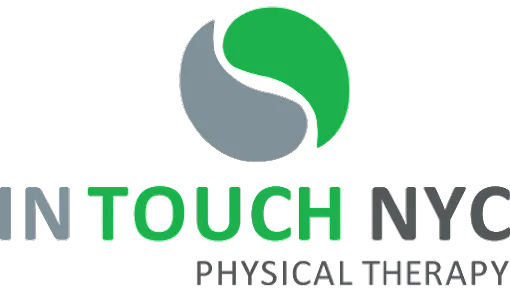When you need physical therapy after an injury, illness, or surgery, your therapist may use any of a number of techniques to restore your strength and alleviate discomfort. When it comes to treating the area around a joint (Where two bones come together, such as at your elbow, knee, hip, or wrist), your therapist may incorporate a hands-on technique called joint mobilization. Here is a look at this PT approach and when it may benefit you.
What is joint mobilization?
Joint mobilization is a manual (hands on) physical therapy approach that involves the forceful, directed application of pressure to the joint. Typically, the physical therapist will provide stabilization to one area of the joint while applying force to another area of the joint.
Why are joint mobilizations used in physical therapy?
Joint mobilizations have a number of applications in physical therapy. Their primary goals, however, are to reduce pain and to improve joint mobility. Studies have shown their effectiveness in achieving the following for patients:
- Alleviating pain
- Improving range of motion
- Improving function (e.g. For better walking, standing, arm use, etc.)
- Releasing tension in the joint
The mechanics behind the effectiveness of joint mobilizations have these effects are not well understood, and some effects, such as greater mobility, may be temporary.
However, it is known that this approach can make a significant difference for patients who suffer from conditions such as the following:
- Hip and knee osteoarthritis
- Wrist fractures
- Plantar fasciitis
- Tennis elbow
- Lateral ankle sprains
- Back pain
- Neck pain
What types of joint mobilizations are available in physical therapy?
Joint mobilization refers to a set of hands-on techniques instead of one approach. Here is a look at the primary types of mobilizations available in physical therapy:
- Oscillatory joint mobilizations: Oscillatory joint mobilizations involve applying slow, gentle pressure on the joint.
- Sustained joint mobilizations: Sustained joint mobilizations involve pulling on the joint for a sustained period of time.
- Manipulation: Manipulation joint mobilization involves applying rapid, forceful pressure on tight joints.
Each type of joint mobilization can be applied with 5 different grades of intensity. Each grade is useful for a specific purpose, and is applied in a particular location.
For example, Grades 1 and 2 are helpful for alleviating joint pain and stiffness and are applied where the joint begins moving. Grades 3-5 helps to improve joint mobility and are applied at the middle and end of the joint’s movement arc.
How are joint mobilizations used in a physical therapy session?
A physical therapist may choose to use joint mobilizations during a physical therapy session in order to deliver the benefits of this technique to your affected joints.
The type and intensity they select will depend upon your specific circumstances and needs. However, this approach rarely occurs on its own. Instead, you can expect to receive joint mobilization as part of a broader treatment program customized to your PT needs.
In addition, joint mobilizations should typically be free of pain and guided primarily by your feedback. That is, if an application becomes too uncomfortable, your physical therapist will stop or change the intensity of the technique in order to achieve the desired results without excessive discomfort.
Who should NOT receive joint mobilization?
Joint mobilization can be an effective approach for patients struggling with joint pain, stiffness, tension, and discomfort. However, it is not the right approach for everyone.
Here are some of the conditions that may prevent the use of joint mobilization:
- Severe osteoporosis
- Excessive flexibility in the joint
- Fracture or tumor on the joint
- Nerve compression
- Fused joints
- Circulatory problems
- Joint inflammation
- Severe infection
- Disk herniation
An experienced physical therapist can help evaluate your condition and determine the appropriateness of using joint mobilization to help you heal.
Joint mobilization can be an effective tool as part of a broader PT treatment plan. If you are looking for customized physical therapy in a convenient NYC location, consider In Touch NYC Physical Therapy.



